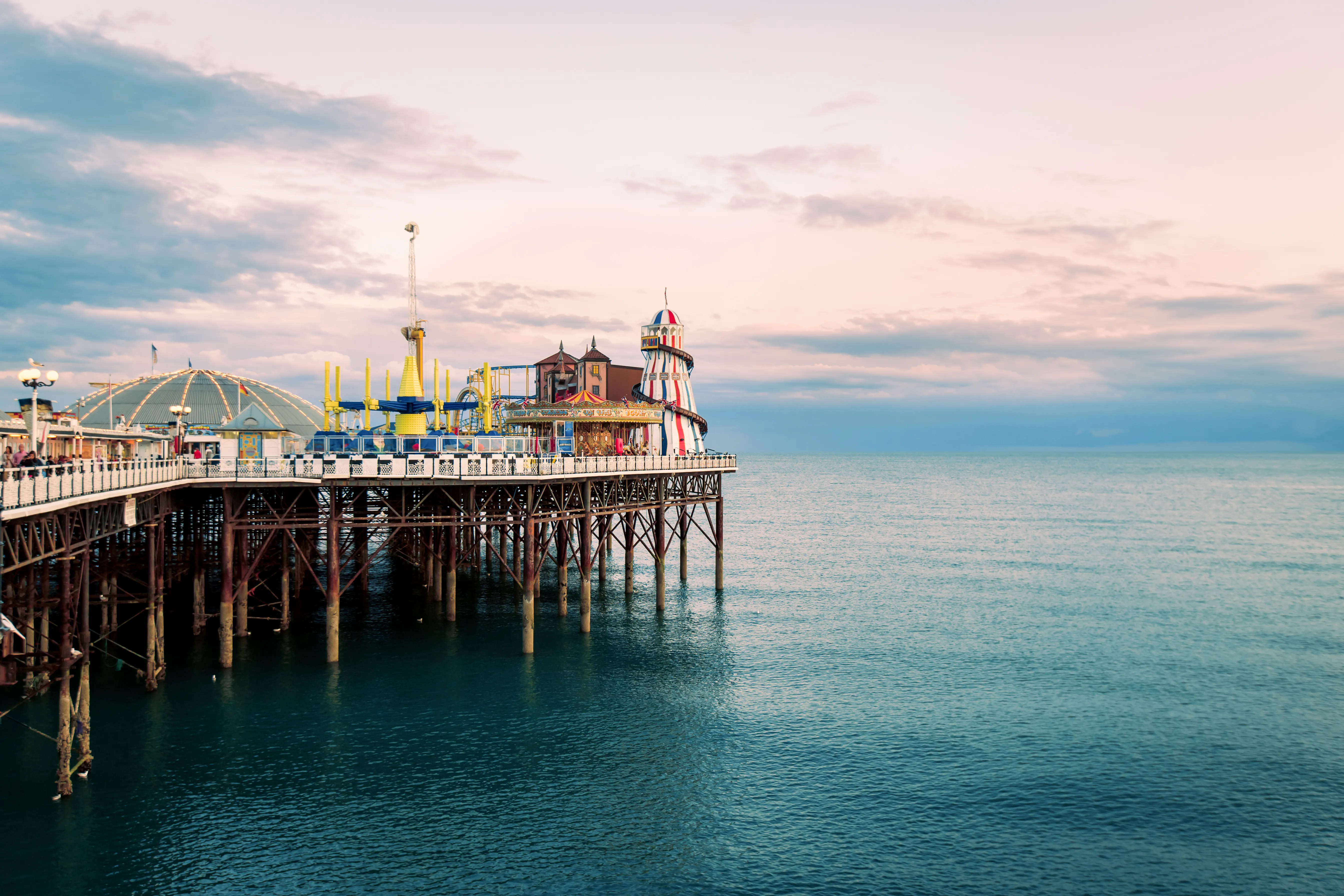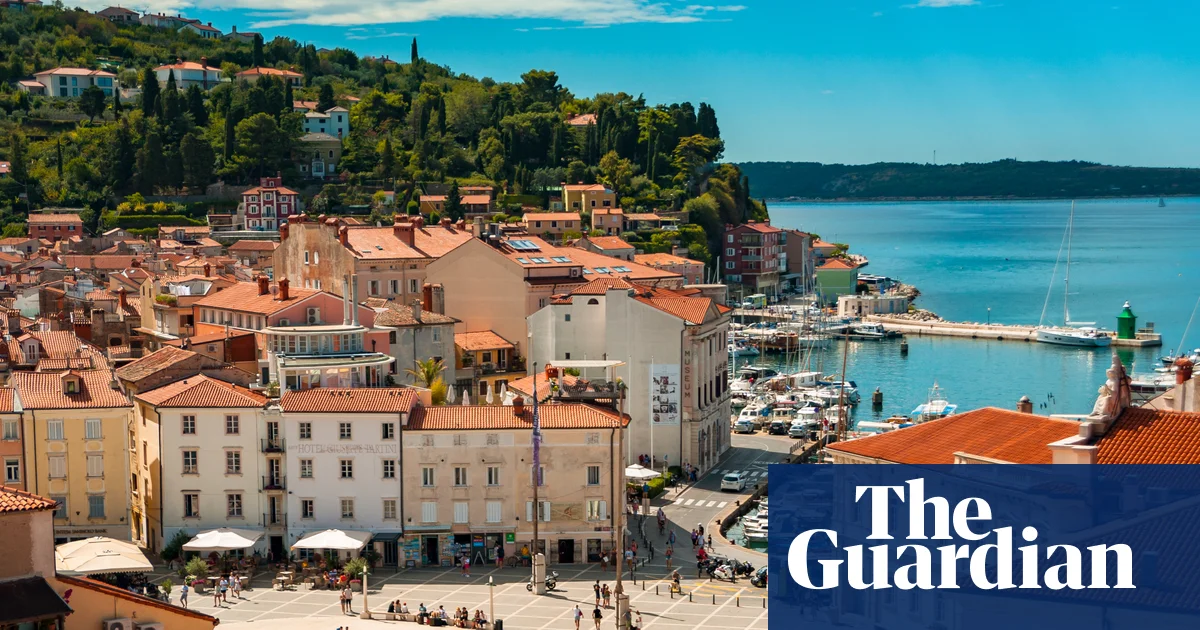Sun readers’ favourite family activities in Sussex, from top-rated beaches & pirate festivals to miniature railways

IF you’re off on a £9.50 Holiday with the family to Sussex, you’ll be happy to hear that there’s plenty to keep your whole crew entertained.
Of course, you can easily spend your time on the beaches, which don’t cost a penny to visit.
West Wittering, Brighton Beach and Camber Sands are among the top-rated beaches for families.
But if the weather doesn’t play ball, or if you’ve already had your fill of sandcastle building, then there’s a whole raft of family-friendly activities near your holiday park by the coast.
Maybe the arcades and fun fair rides of Brighton Palace Pier are calling you, or perhaps it’s the animals and all-ages play areas at the top-rated Drusillas Park.
We’ve chatted to local experts and Sun readers who have already enjoyed a £9.50 Holiday in Sussex to get their top tips on the family attractions that are worth visiting.
From thrilling water parks to pirate festivals, here’s what they recommend…
Make a splash
If you have older kids in tow, why not let them burn off steam with something that will really get their adrenaline pumping?
Georgie Radford-Brown, Assistant Guest Experience Manager at Camber Sands Holiday Park recommends Rye Water Sports.
She said: “It’s an action water park that’s really close to us. They have a variety of water sports, like sailing, kayaking and stand-up paddle boarding.”
The location will also put parents’ minds at ease – lessons take place on a safe inland lake between Rye and Camber Sands.
The centre runs everything from board hire (from £20) to holiday clubs for children aged eight to 15 (one day from £85 including sailing, windsurfing and paddle boarding).
Meanwhile, in West Sussex, Chichester Watersports has an aqua park, complete with inflatable slides and jumps in the water. Suitable from age seven, a 50-minute session costs £20.
Get on your bike
For something that will burn energy without burning a hole in your pocket, head to one of the brilliant cycle paths in Sussex.
If you have your own bike, they are also completely free to explore, and the traffic-free terrain also works well for families with prams.
The South Coast East route takes you along the seafront – you could start at Worthing and extend it to Shoreham, Lancing or Brighton depending on how far you want to go.
Alternatively, start at Shoreham-by-Sea and head inland past woods, streams and rivers on the Downs Link.
For a quick trip, you can hire a Donkey Bike via the app (from £1.80 for 30 minutes), or try Riverside South Downs who rent bikes from £20 for two hours.
Meet pirates in Hastings
Sun reader Nora Hinds, 69, from Hounslow, recommends visiting Hastings during the annual Pirate Festival.
She said: “Hastings is brilliant for live music, with lots of events on the seafront like the pirate festival.
“It’s very popular, and you can pop into one of the nice pubs along the front – the best are located in the Old Town like The Crown and Ye Old Pumphouse.
“Some of the pirate events happen in these pubs like live music and themed roast dinners.”
Hastings Pirate Weekend is packed with family-friendly activities, like a treasure hunt, free kids’ tattoos and craft workshops.
To learn more about pirates, head to The Shipwreck Museum. It’s free to enter and kids will love touching artefacts from many ships wrecked in the English Channel.
Spark their curiosity
Museums don’t have to be boring – especially if they have children’s activities on tap. Sue Mercer, 62, from Pagham recommends The Novium Museum for families.
Built on top of the remains of a Roman bathhouse in Chichester, it’s free to enter (though donations are welcome) and has oodles to make learning fun, such as hands-on workshops about everything from the Stone Ages to the Saxons.
Kids can try on costumes, handle real artefacts and even join in organised sleepovers at the museums, complete with torchlit treasure hunts and bedtime stories.
Sue said: “There are also brilliant children’s activities at the Aldingbourne Country Centre and Pallant House Gallery.”
Ride the railways
There’s nothing like a train ride to keep the kids entertained.
And there’s a whole host of options near your £9.50 Holiday in Sussex.
Sue Mercer recommends taking the kids to Hotham Park in Bognor Regis, which has a miniature railway, plus a boating lake, crazy golf and Alice in Wonderland wooden sculptures.
Meanwhile, in East Sussex, take the family for a ride on a railway that’s been in use for over 100 years, the Kent and East Sussex Railway (£53 for a family of four).


